
Top Spots and Tips for Post Trekking Recovery in Nepal
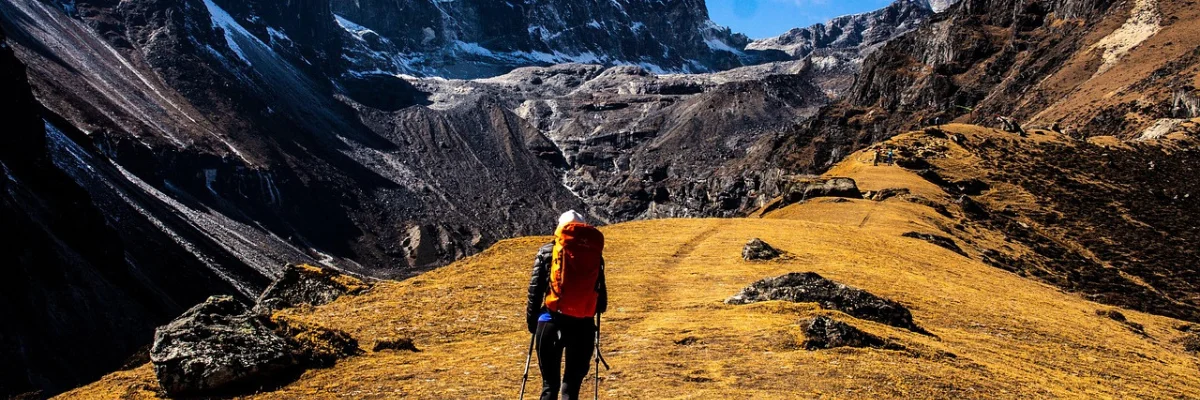
Table of Contents
If you are someone who has been to high altitude places for trekking and felt off afterwards like muscle sourness, then you might not have done Post Trekking Recovery properly. Post Trekking Recovery lets your body be back in its healthy state.
Post-trekking recovery is to be considered if you have muscle soreness, tight hamstrings, and sore glutes. By performing post-trekking recovery, you offer your body therapy to heal.
What is Post Trekking Recovery?
If you have been on multi-day treks like Manaslu Circuit Trek or had a long hike through uneven and steep planes, you might have stiff thighs and hamstrings, painful back, sore torso and blisters in the feet.
Having all these problems signals you to head out for post-trekking recovery. It normally takes a week or more to fully recover from the trek, but if you do post-trekking recovery, you will recover better and sooner.
Post-trekking recovery is a gentle treatment after your trek. It’s the process of healing your sore muscles and worn-out legs with different therapies.
Your body is looking for proper nourishment, hydration and proper sleep after days of breathing thin air and being in a harsh environment. When you perform post-trekking recovery, it lets your muscle tissue rebuild, relaxes your joints, and makes you stronger.
Apart from being physical, it resets you mentally to have a stronger beginning of the new adventure. Light exercises, body stretching, deep breathing and proper food are the things to look after when making a post-trekking recovery.
Problems That You Face After Trekking And their Simple Solutions
Trekking consumes so much energy by walking long stretches for hours, like Everest Base Camp Trek. It is a strenuous activity that tires every part of your body. There are a few common problems reported by trekkers. Some common problems are;
Stiff Hamstrings
Walking long stretches, downhill and uphill trekking makes your hamstring muscles stretch repeatedly, unlike regular times. This constant contraction and extension of your hamstring muscle causes tears in your muscles, leading to soreness and tightness.
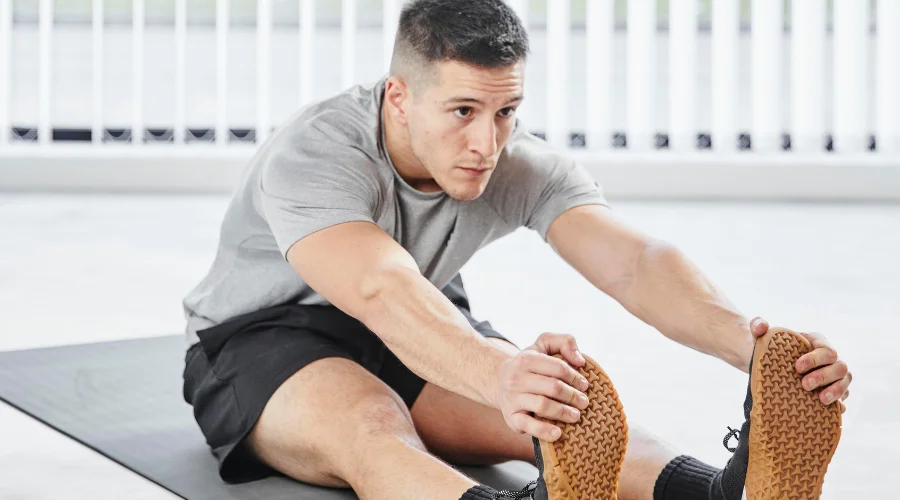
If your legs hurt after hiking or you have sore hamstrings, do any hamstring stretches. The two best stretches that I can recommend to you are: Stand straight in a relaxed position, try to touch the toe of your feet with both hands without bending your knees and hold on to that position for 30 seconds.
Or sit extending your legs straight on flat ground, try to reach for your toe with both your hands without bending your knees and hold on to that position for 30 seconds. Both exercises should be performed for a minimum of 5 or more repetitions with a 30-second hold.
Pain in Shoulders
Muscle pain in your shoulders is caused by carrying the bag pack for a longer time. The constant weight on your shoulder tore the muscles there, which caused it to hurt. You can go to a spa for a shoulder massage or simply tell your friend to massage your shoulder.
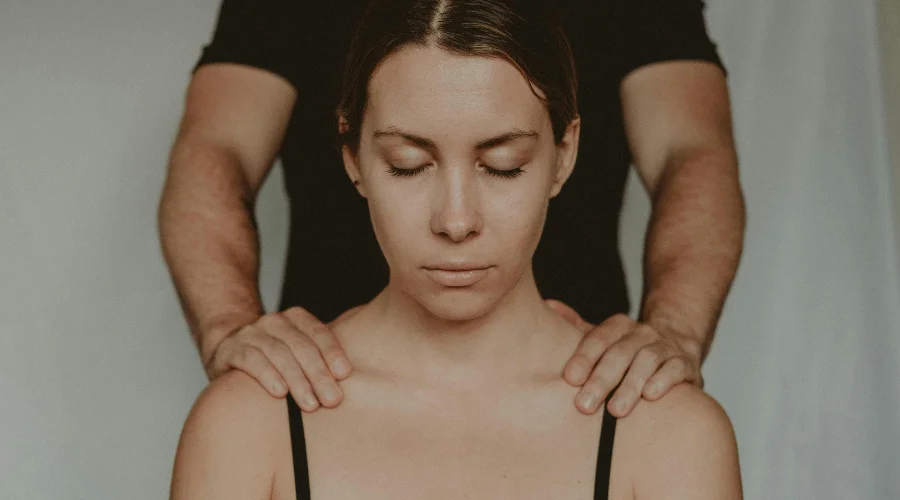
Stiff Quads
Stiffness in quads happens because of constant uphill and downhill walking. Consider performing a quad stretch. Stand straight, pull your left leg from the backside with your left hand and hold still for 30 seconds; do the same with the other leg. Perform 5 or more repetitions for each leg.
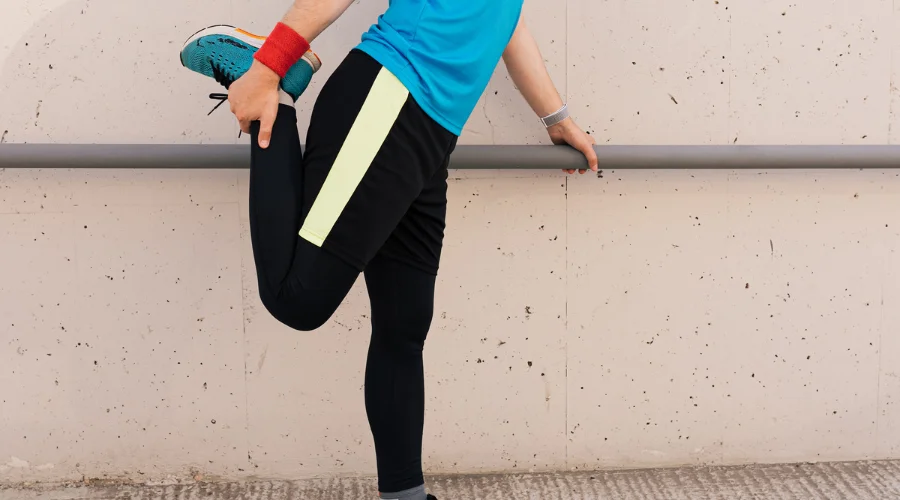
Joint Pain
Joint pain happens due to continuous strain on your knees, hips and ankles from walking uphill and downhill for a longer duration. To reduce the pain, you should keep yourself hydrated, pack light, rest, and stretch before the walk. You can also apply ice or anti-inflammatory cream with a bandage.
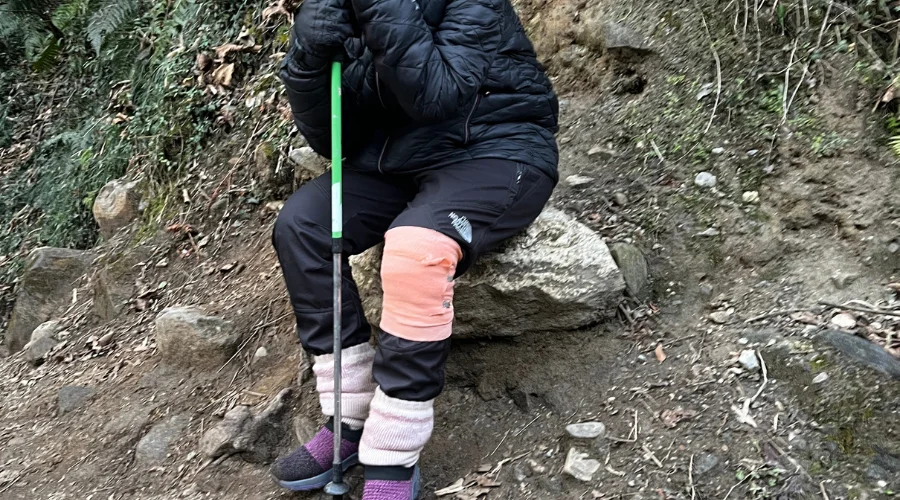
Sore Glutes
For sore glutes, there is a simple stretch that you can perform called glute stretching. Just perform a normal lunge without moving for 30 seconds. Perform 5 or more repetitions of lunges. Normal body weight squats are also helpful when you have sore glutes.

Is Post Trekking Recovery Necessary for All Trekkers?
Trekking puts your body through long and repeated modes of walking, which causes muscle soreness in your body. After trekking through rugged terrain, uphill and downhill, and breathing thin air, your body bears adverse effects.
Post-trekking recovery is necessary for all trekkers to repair the damaged muscle tissues, joints and even your mind. If the effects of trekking linger longer, then they may arise later, leading to serious injury.
Some Tips for a better post trekking recovery
- 7-8 hours of sleep is the most important thing to recover your muscles. Sleep properly so as not to feel fatigued and worn out in the morning.
- We know that after the long and strenuous hike, you just want to throw yourself on the couch or bed and relax. But the right approach is slowing down before you sit or relax. You can do so by just strolling or gently walking after finishing your trek.
- Don’t just rush to stretch. Take time to stretch and match your stretching with your breathing. Inhale and hold when holding the stretch and exhale when releasing the stretch. Focus on stretching hamstrings, quads, flexors, torso, hands and shoulders. Stretching properly improves blood circulation, which helps reduce recovery time.
- Eating within 45 minutes after your trek enhances your experience. It will help repair muscles, produce glycogen faster and boost your mood. Include carbohydrates and protein in your diet for energy and quicker muscle recovery.
- After a hike, hydrate yourself immediately. Even though we keep sipping from water bottles during the trek, we are still not hydrated enough. Keep track of water intake and consume 3-4 litres of water daily. Lack of hydration may result in slow muscle recovery.
- Blisters on your feet are a common problem when on long treks. You can help yourself by taking off your shoes and shocks whenever you can. Dry your feet out, and do not wear shoes for an extended duration, as keeping your feet wet increases the risk of blisters.
- A cold plunge into lakes, streams, or rivers will help you recover faster. It will help you ease muscle soreness.
Top 10 Spots for Post Trekking Recovery
Kathmandu and Pokhara are the places where the best places and services can be found for post trekking recovery.
Pokhara
Pokhara is the tourism hub of Nepal. It is a beautiful city offering ample places to hang out. There are so many treks that you can go on from Pokhara, like the Ghorepani Poon Hill Trek, Annapurna Base Camp, Mardi Himal Trek, etc. Pokhara offers the best places for post-trekking recovery; some of them are listed down here.
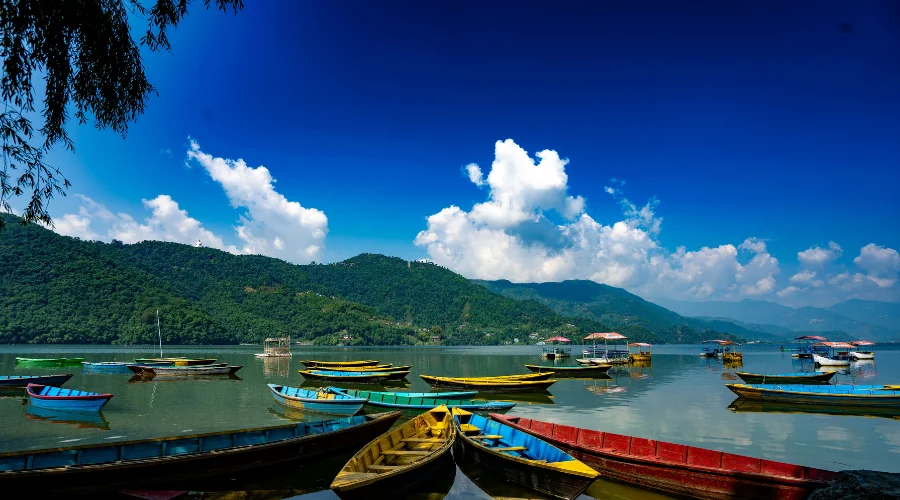
Lakeside
Lakeside is a vibrant town where a number of post-trekking recovery activities can be done. Your body needs to cool down with not hard but medium activities like boating or kayaking in Phewa Lake and taking a plunge in it.
Tatopani hot spring
If you are going or coming back from the Annapurna Base Camp trek or visiting the Ghandruk area, Jhinu Tatopani natural hot spring is the best experience. The hot spring at Jhinu has natural healing properties that will help you recover faster from muscle soreness.
Jiva Spa at Temple Tree Resort
Jiva Spa at Temple Tree Resort in Pokhara provides an upscale spa environment designed to deliver deep relaxation for hikers and trekkers before and after their trekking adventures.
At Jiva Spa, people can have services like massages, hot stone therapy, steam baths, and healing oils, which help relax muscles, reduce joint stiffness, and refresh the mind. The peaceful environment of the garden helps with healing effects that make it ideal for rest and recovery after trekking.
Sadhana Yoga Retreat
The yoga retreat in Pokhara called Sadhana Yoga Retreat provides an ideal environment for full recovery of your body and mind. In a forest environment, this place provides daily yoga sessions, meditation and detox meals that lead to muscle stretching, mental relaxation and deep healing after the trek.
Himalayan Java Lakeside
It is more than just a coffee shop where you can relax and unwind. It offers a cozy and peaceful ambience where views of the lakeside and soothing music will slow down your racing mind, making you feel secure to rest.
Kathmandu
Kathmandu is one of the biggest cities in Nepal, and your arrival is the first point where you will encounter new people, a new culture and a different environment.

There are so many treks that start from Kathmandu, such as Langtang Valley Trek, Manaslu Circuit Trek, Everest Base Camp Trek, etc. In Kathmandu, you get the best places for post-trekking recovery; some of them are listed below.
Shivapuri Nagarjun National Park
A short hike of a day through Shivapuri Nagarjun National Park (SNNP) can be relaxing as light walking with nature will help you unwind and relax your body. After a strenuous walk on rugged uphill and downhill paths, the Shivapuri National Park hike will help you recover from your soreness.
Kathmandu Durbar Square
Kathmandu Durbar Square is a soulful place to mentally unwind after trekking. Surrounded by ancient temples, and quiet corners, it invites slow walks, silent reflection, and people-watching. After the intensity of the mountains, this cultural heart of Kathmandu offers peace, perspective, and a gentle way to reconnect with the world.
Thamel
One of the most loved towns by tourists in Kathmandu is Thamel. “Tranquility Spa” at Thamel is famous for providing post-trek healing for a tired body. They offer deep tissue massages, herbal treatment and steam rooms that help ease muscle soreness and boost recovery.
Astrek Climbing Wall
Astrek climbing wall is the best way to recover after trek. Your muscles will stretch and regain their flexibility. It’s a light and fun activity to readjust your body back to normal. You get gentle reactivation of tired muscles in a supportive space.
Garden of Dreams
In the middle of chaotic Kathmandu lies the peaceful Garden of Dreams, which serves as an excellent retreat for the restoration of both mind and mood after a trek or hike. Surrounded by flowers, fountains, and old architecture, it offers a calm space to sit, breathe, and reflect.
The hidden Kaiser Café, located in the garden, provides good coffee and comfort food in a peaceful atmosphere. This location provides the perfect environment to either journal about your journey or observe the passing of people and scenery.
What is the best recovery after a long walk or hike?
The best recovery you can do yourself after a long walk is to rest properly, hydrate yourself, and eat protein-rich food. If your feet are swollen up, rest and elevate them to reduce swelling. Applying ice to sore areas, taking a warm shower, giving a light massage, or soaking in a hot bath can ease muscle tension. Sleep well, and if possible, do light movements the next day to keep your body loose and fasten healing.
Final Thought
Post-trekking recovery plays a big role in your experience. Your trek might be over, but your body and mind need reset. You might feel fine after the trek, but there can be something that occurs long after, so post-trekking recovery helps you avoid that. It’s something that relaxes your muscles, repairs your joints and calms your mind.
Without it, you risk lingering fatigue, injuries, and missing out on the full experience of the trek. It’s like finishing a great book in which you don’t just close and forget; you reflect, savour, and let it settle. Similarly, post-trekking recovery lets you soak in the journey, both physically and mentally. So, yes, it’s that important.
Want to know more?
Speak to an Expert


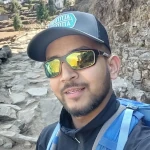


Sandip Dhungana
Nepal 🇳🇵
Whatsapp: +977-9823636377



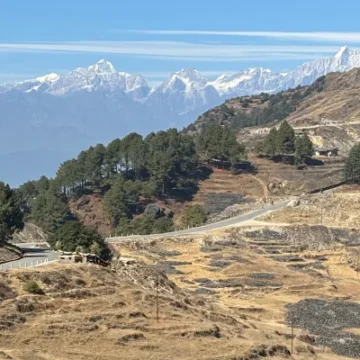
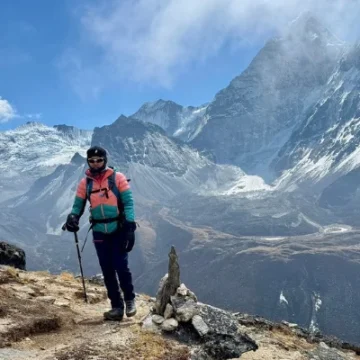
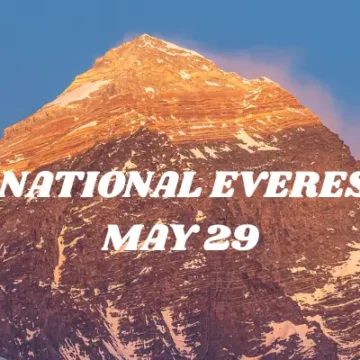

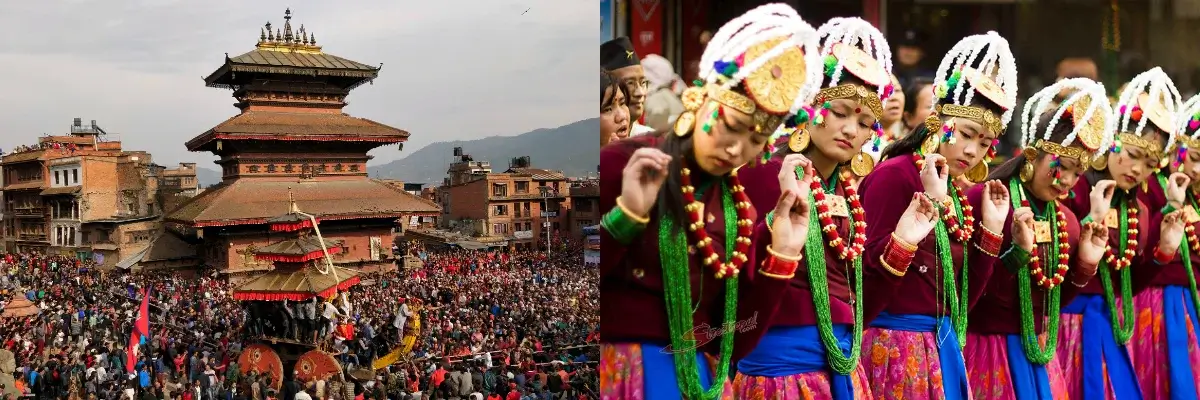
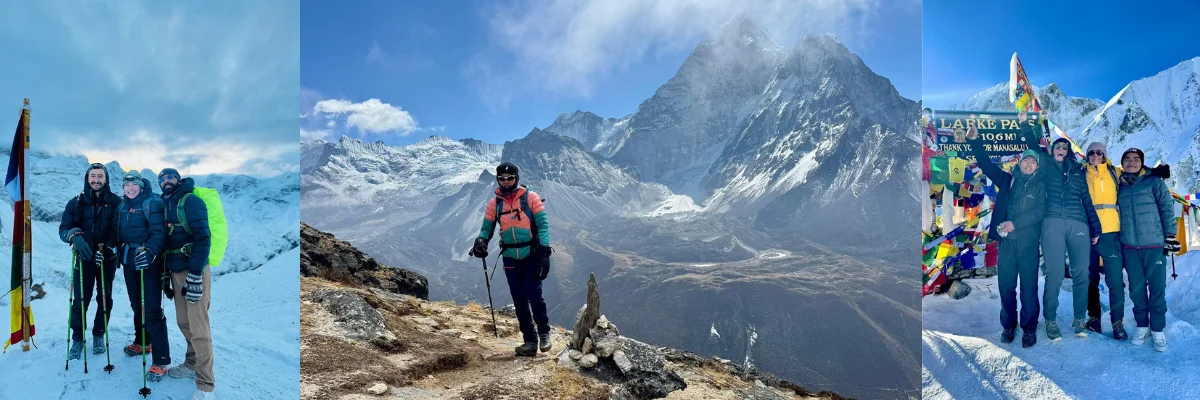

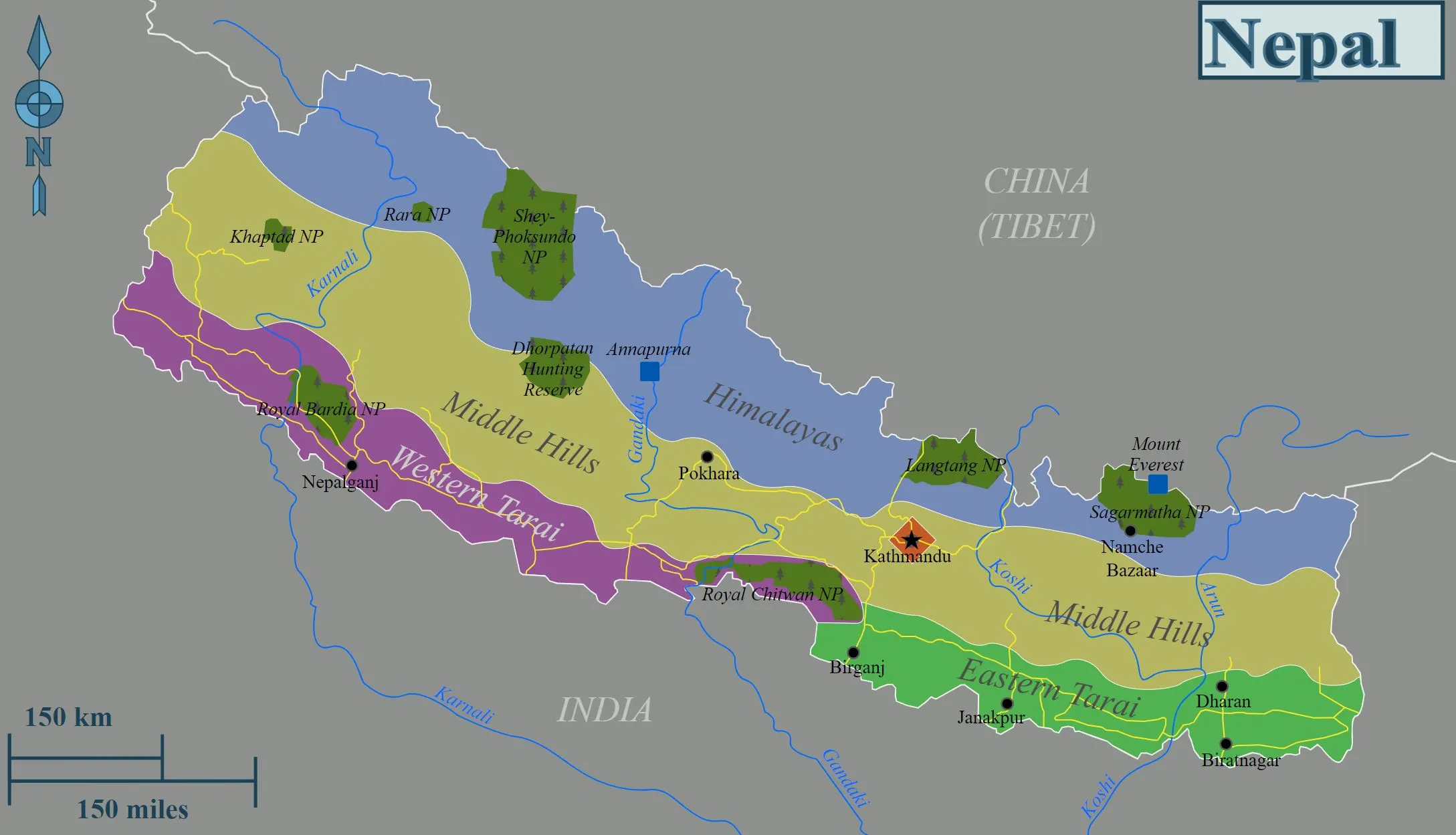











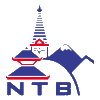
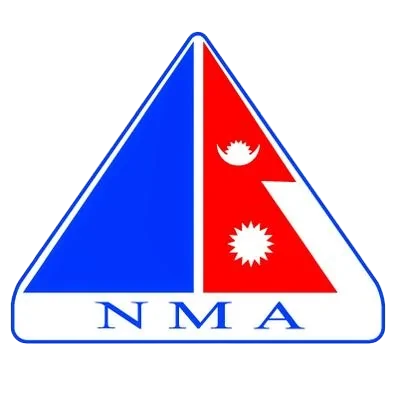


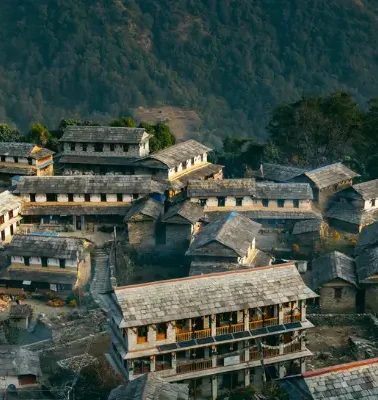
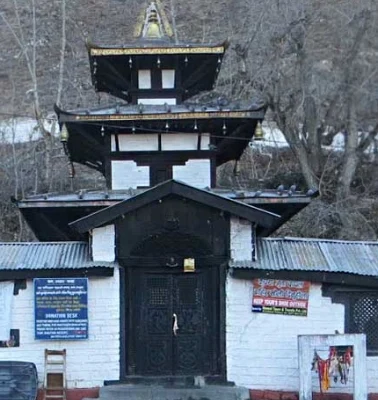
Leave Your Comment